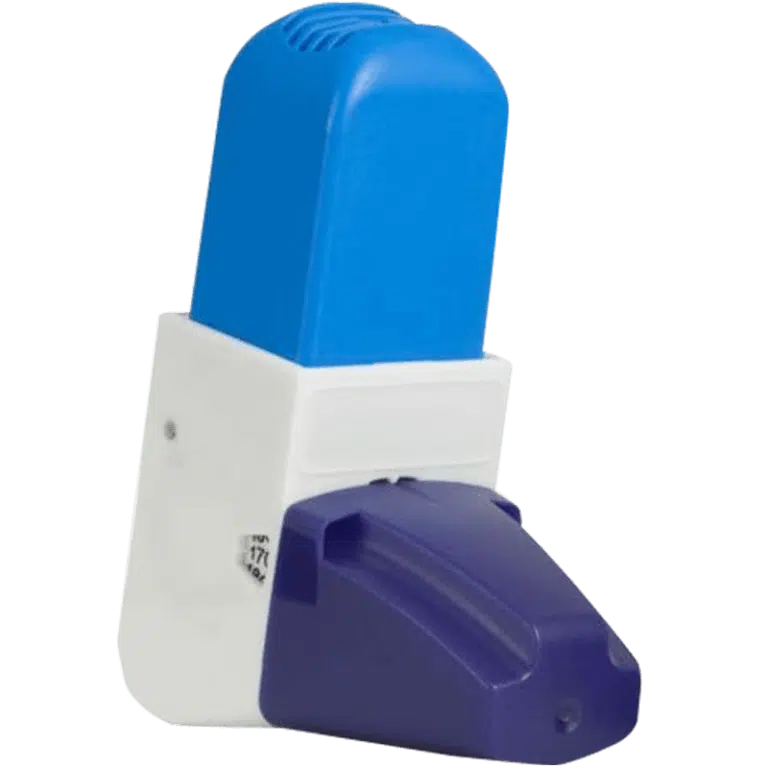Salbutamol is a drug found in reliever inhalers like Ventolin and Salamol. It can relieve asthma symptoms like a tight chest and shortness of breath quickly. Just like other reliever inhalers, it tends to be blue. People also use preventer inhalers, which are often brown, to prevent and control symptoms. Your doctor will talk to you about whether you need both and which inhaler is best for you.
The reliever inhaler is used for treating chest tightness and shortness of breath. People who have asthma use these for sudden attacks or symptoms, so it’s important to always carry your reliever inhaler with you. But, if you have to use your reliever inhaler a lot, then it could mean that your condition isn’t well-managed and you may need preventative treatment too. If you think you need to start using a preventer inhaler, ask your doctor or asthma nurse.
The brown inhaler will help to prevent more attacks. It works differently from the blue inhaler because it won’t work as a rescue treatment, but instead, you’ll use it regularly. Prevention treatment is used daily if reliever inhalers aren’t enough to control symptoms.
What does Salbutamol do to treat asthma?
Salbutamol treats asthma attacks by quickly widening the airways, this is also known as bronchodilation. When the airways become inflamed they’ll tense, become narrower and stop airflow, making it hard to breathe. Salbutamol relaxes contractions in the muscle wall around the airways, to help the respiratory passages open up so that you can breathe more easily.
When you use a reliever inhaler containing salbutamol, the medicine goes directly into your airways. This means that it treats your lungs without the medicine having to go through the rest of your body. It should start working after a couple of minutes, and the effect should last up to five hours.
Does Salbutamol contain steroids?
No, there are no steroids in a Salbutamol inhaler. Salbutamol is from the medicine group called bronchodilators. Most asthma inhalers contain a bronchodilator or a steroid. But it is possible to get an inhaler that contains both. Steroid inhalers reduce inflammation in the lungs and are used regularly each day rather than just when symptoms occur.

